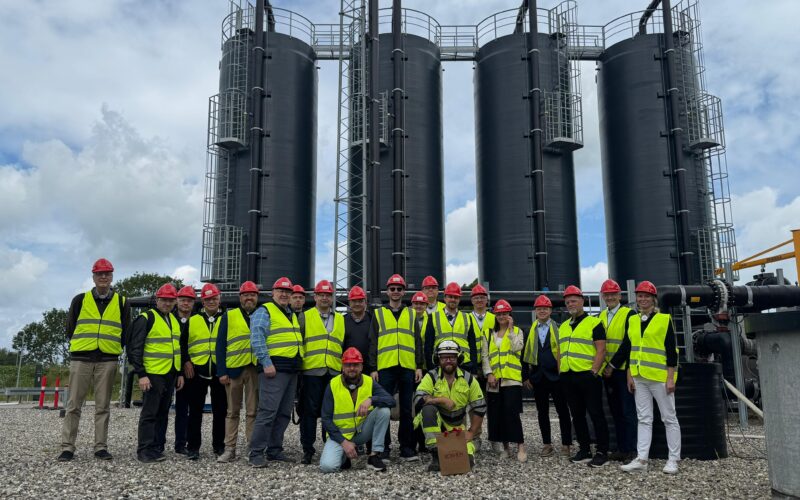Total final energy consumption in Denmark — features
The overall share of renewables in final energy consumption among electricity, transportation, and heat sectors is 37%, with bioenergy making up 26% of the energy share.
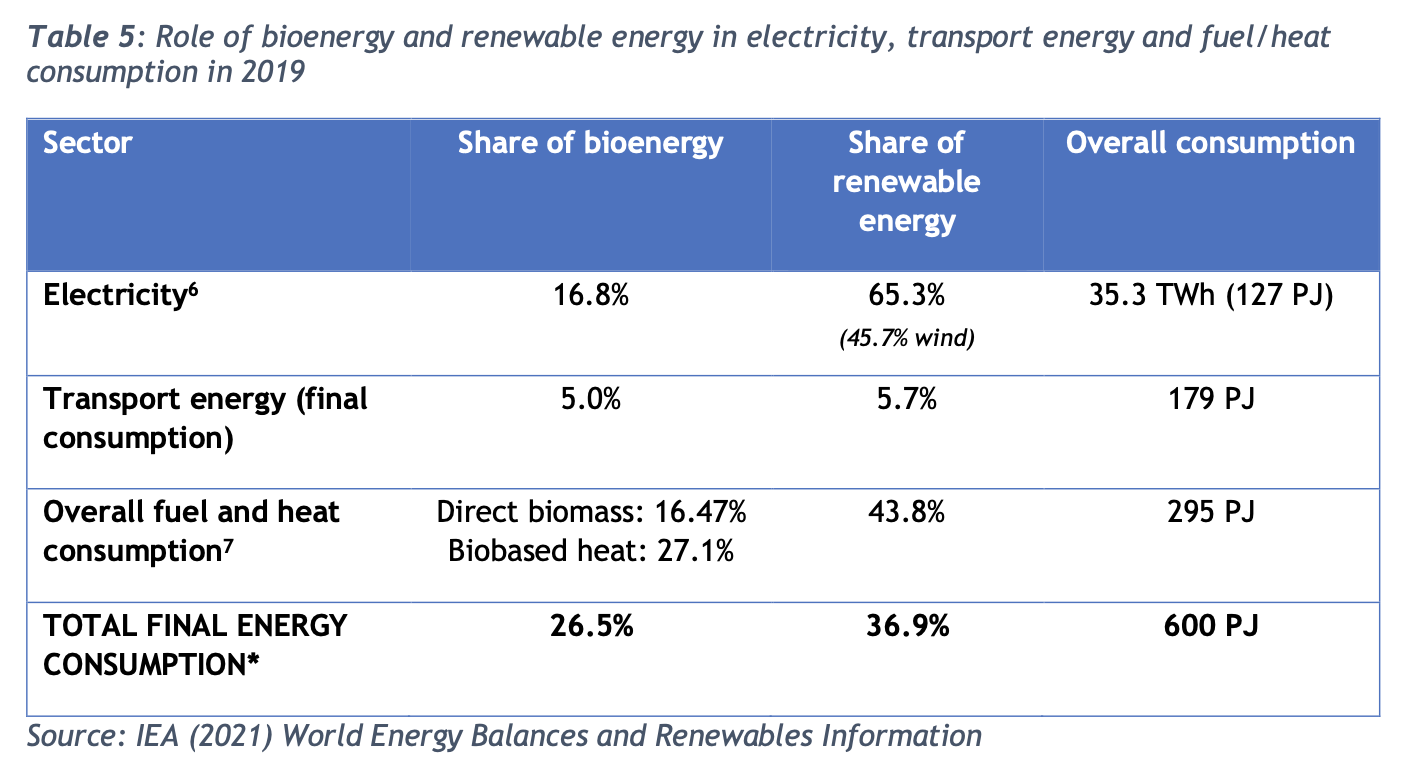
Electricity
The Danish power production has taken major steps towards renewable energy, which is exceptional for a country without major hydropower opportunities. Major growth was in wind energy, which now represents around 45% of Danish electricity consumption. The share of bioenergy is also relevant with 17%, which is mainly produced in CHPs.
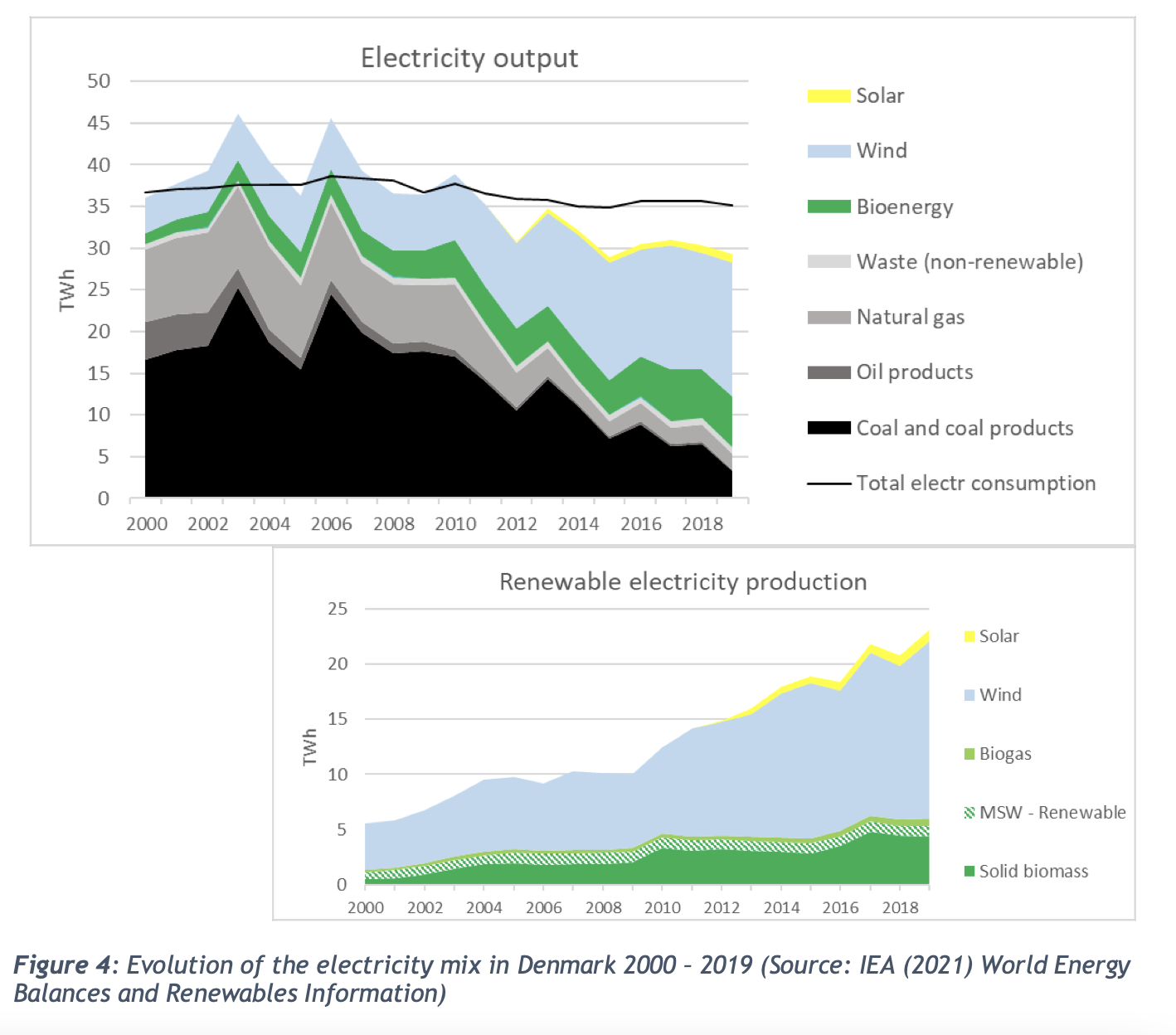
Heat
The provision of fuel/heat in Denmark is for 38% based on direct use of fossil fuels (natural gas, oil, and a small fraction of coal in industry), for 45% on distributed heat (which is partly fossil, partly renewable, see further) and for 16% based on direct use of biomass.
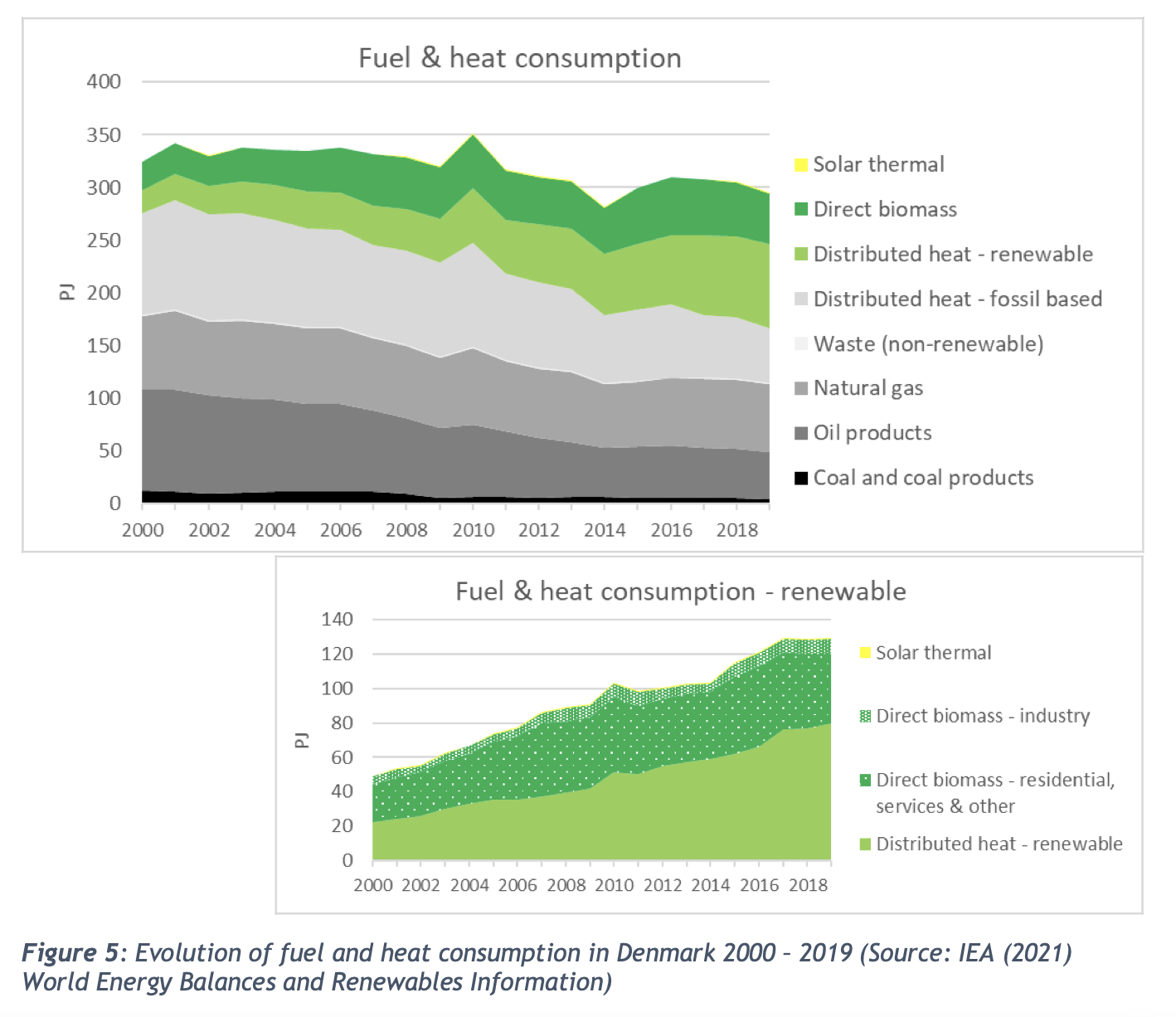
Heat sales – e.g., through district heating – are particularly important in Denmark. Heat output generated and sold by CHP plants and heat plants represented 45% of fuel/heat provided in 2019, of which 60% was produced from biomass. The share of biomass in district heating has consistently grown in the past decades where particularly coal and natural gas were replaced with biomass.
Transport
Diesel is the dominant transport fuel in Denmark, and its consumption was in fact still increasing until recently. Between 2010 and 2012 there was a strong increase of biofuels, but this has rather stabilized after 2012 at around 5% of overall transport energy consumption. The main biofuel is biodiesel, which is consistent with the dominance of diesel fuels in Danish transport. On average biodiesel represents 6.3% by the energy of diesel consumption (which is consistent with the widespread use of B7). Bioethanol on average represents 3.3% by the energy of gasoline (which is consistent with the widespread use of E5).
Electricity represents a share of 0.9% of total transport energy use. This is mostly in rail – the use of electricity in road vehicles is still marginal in 2019 (0.11% of total transport energy use) but can be expected to grow in the coming years.
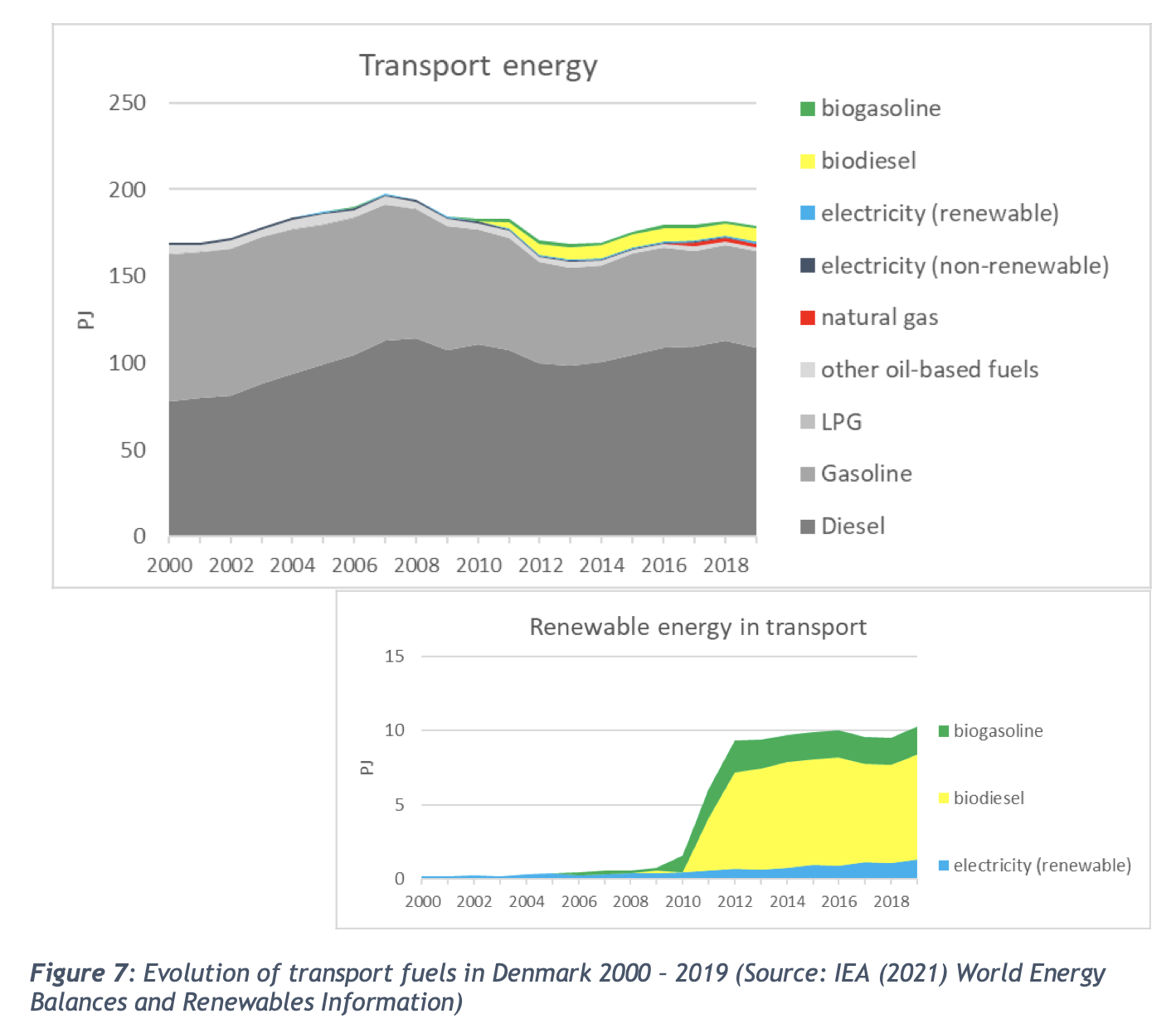
Read the main information about total final energy consumption and bioenergy development on the SAF platform.
According to the report of the IEA Bioenergy Technology Collaboration Programme (TCP)) Implementation of bioenergy in Denmark.
Source: the article on the SAF platform “Danish energy: total final energy consumption”: https://saf.org.ua/en/news/1524/.
It will be recalled that UABIO is a partner of the SAF Ukraine (Sustainable Agribusiness Forum) that was created in 2017 on the initiative and support of the European Bank for Reconstruction and Development (EBRD).

